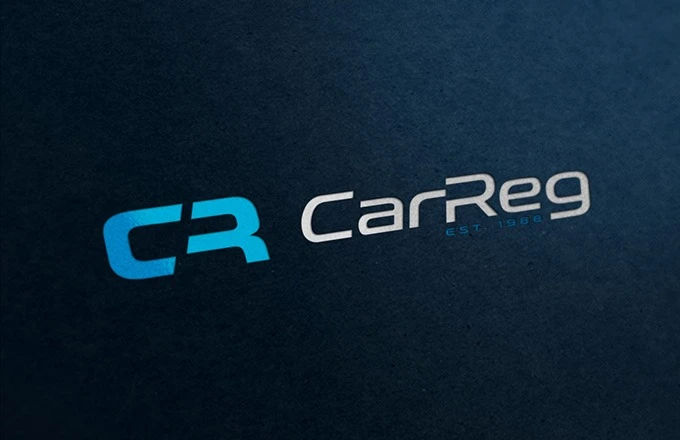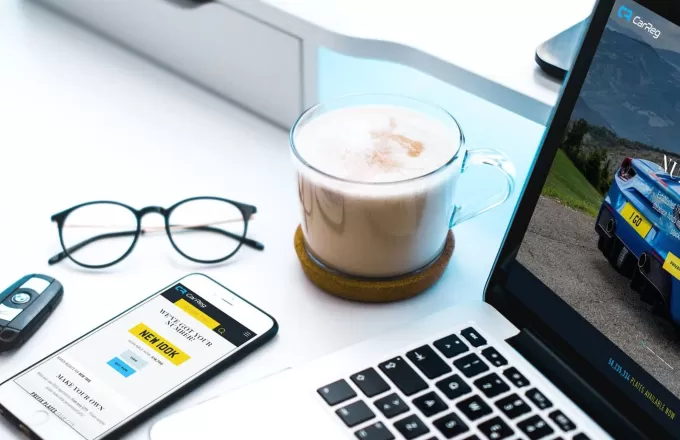Tips for Buying a Used Car
In this article we will give you some tips for buying a used car. With this guide we will help you choose the best used car for you and avoid any type of scam.
Buying a used vehicle can be a minefield and nothing is guaranteed to be successful, but there are a few things to keep in mind before deciding to invest your hard-earned money in a used car purchase. It is evident that in different countries there are different rules on how to import, export, or sell, but many of these procedures apply wherever you are.
Depreciation
The depreciation of used cars is much less than that of new cars and therefore they can be a more profitable purchase. Study your finances and verify that everything is in place before choosing your car. This saves time, and allows you to know exactly which vehicles you can aspire to.
Before buying be aware of current vehicle values. Check the car publications and newspapers to find the value of most used vehicles. Consider all the different outlets like new car dealerships, private sales, etc, not just second hand car dealerships.
How much mileage should a car have?
Cars less than three years old and that have traveled 10,000 - 15,000 miles per year are probably the best option. The average annual mileage of a car is around 10,000 miles, so if a 3-year-old car has mileage of between 25,000 and 35,000 miles it would be reasonable. If this level is exceeded, it indicates that the car could have been used for business or had rough handling.
What should I inspect?
Verify that the vehicle's licence plate corresponds to the one stipulated in the registration documents and that it has not been altered or changed. If you find the licence plate “less attractive”, don't worry. After buying you can replace it according to your wishes. You can purchase private plates online under the DVLA register of number plate suppliers. The DVLA also holds number plate auctions around the UK.
Bodywork
Always inspect the car's bodywork in good light. Look for corrosion as rust is probably the most damaging thing in all cars over five years of age. Surface dents can be relatively harmless and easy to treat, but corrosion from inside the body panels is much more serious. Look for rust on the top and rear of the front wings, along the sills, under the front and rear bumpers, and under the doors.
Sometimes a rust stain on the paint can indicate that underneath it there is more serious corrosion. Press the panel gently with your thumb. If you hear a clicking sound this indicates advanced corrosion.
Walk around the car and look along the doors and wings at each of the four corners. Any crash repairs will be noticeable if they have not been done well. You will see ripples or changes in the texture of the paint if there is a lot of filler under the body. If you're not sure, use a small magnet that will be attracted to the metal but not to the filler. Also look for variations in the colour of the paint. Water spots in the trunk, around the windows, on the carpets, and around the sunroof opening can indicate leaks.
Body structure
Look for rust holes in the inner wings, bulkhead and any cross members, and visible parts of the chassis and under the hood. If you see any, reject the car. Under the car check the side skirts, the chassis bases, the cross members and subframes. Hit the suspicious areas with a light hammer, or push with your hand to detect any damaged part of the metal.
Finally, if you're buying a car, depending on its value, it may be worth investing in a warranty. Please read the fine print of the warranty carefully as in some cases more is excluded than is covered. There of course could be a valuable number plate on the vehicle, At CarReg we offer free number plate valuations


